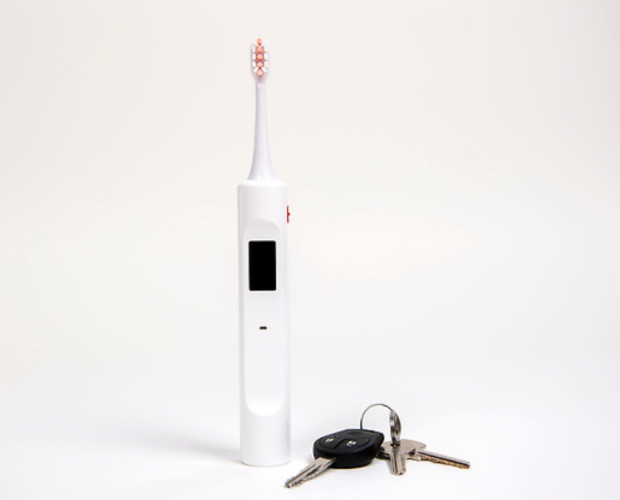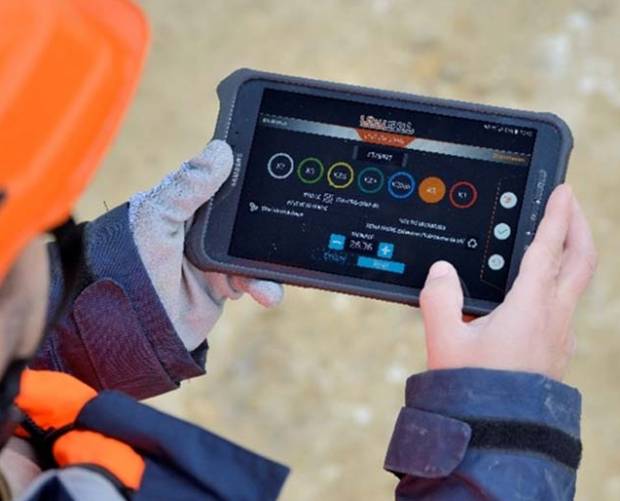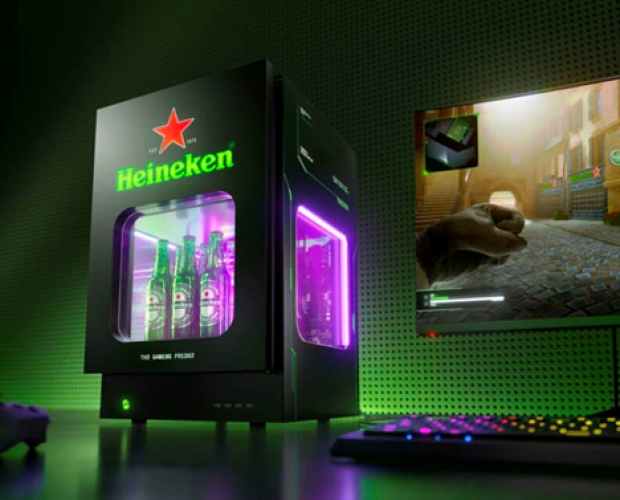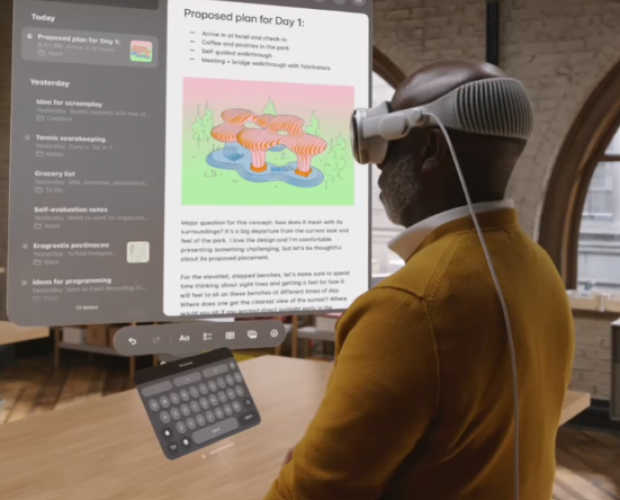Innovation Lab: Smart Buggies, Melting Brain Chips and Shape-shifting Tools
- Friday, January 22nd, 2016
- Share this article:
At Mobile Marketing were proud to help tech companies showcase their cutting-edge solutions, whether its on our website, in our magazine or at our Mobile Marketing Summits. Giving a platform to companies that are breaking new ground in their market brings audiences one step closer to the ideas and developments that will shape tomorrow.
In that spirit, our Innovation Lab feature takes a step beyond the world of apps, ads and handsets with slightly bigger screens, in order to share some of the tech worlds innovative ideas. They might be interesting, disruptive or just outright strange, but these are the stories that have caught our eye over the past week.
Worlds First “Intelligent Stroller” Will Let Your Baby Follow You Around
New parents are often keen to provide their children with the very best money can buy, and the team behind the Smartbe intelligent stroller are hoping thats the case with their unique, technology-packed buggy which can let you baby keep up with you while you go running.
The Smartbe comes with a built-in electric motor and a proximity sensor that locks onto your smartphone, enabling you to go hands-free as you travel around, with the buggy staying a fixed distance from you at all times. The motor is powerful enough to go uphill with ease, or to stop itself from rolling away on downward slopes.
The buggy can also run in manual or assist-propelled modes, useful if you want to keep a hand on the stroller but are laden down with bags or tire easily, and includes a variety of other features, including a bottle warmer, baby rocker, wireless speaker and climate control, all of which can be controlled via an accompanying app.
The Smartbe also incorporates an anti-theft sensor and integrated webcam, for worry-prone parents, and runs for six hours before needing a recharge. The device is currently seeking funding on Indiegogo, with the propelled version likely to retail for around $2,750 (£1,930), although cheaper, non-autonomous versions will also be available.
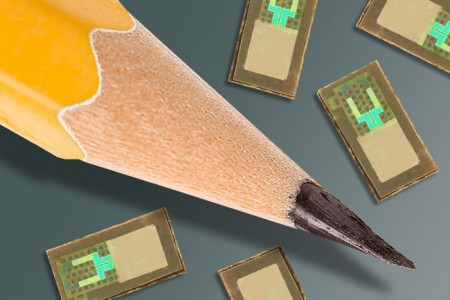 Brain Scanning Chips Dissolve After Use
Brain Scanning Chips Dissolve After Use
The intricacies of the human brain are still poorly understood by medicine, in part due to the complexity and expense involved in monitoring brain activity in conscious subjects. Machines like MRI and CAT scanners are huge and cumbersome, while temporary sensors that can record data require risky surgeries to implant and remove.
However, a team of scientists and engineers from two American universities have come up with a safer solution by creating tiny chips made from polyactic-co-glycolic acid and silicone that can dissolve safely in the brain after use, eliminating the need for a second operation to remove them.
The chips are barely the size of a pencil lead, but capable of monitoring the brains electrical activity, as well as pressure and temperature readings, which can be important early indicators of traumatic injuries, along with vital signs and other brain activity data.
“Electronic devices and their biomedical applications are advancing rapidly,” said Dr Rory K. J. Murphy, neurosurgery resident at Washington University Schoool of Medicine and Barnes-Jewish Hospital in St. Louis. “But a major hurdle has been that implants placed in the body often trigger an immune response, which can be problematic for patients. The benefit of these new devices is that they dissolve over time, so you dont have something in the body for a long time period, increasing the risk of infection.”
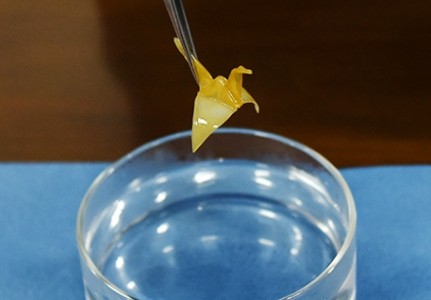 Chinese Scientists Create Shape-shifting Tools with Unique Polymer
Chinese Scientists Create Shape-shifting Tools with Unique Polymer
Researchers at Chinas Zhejiang University in Hangzhou have created an extraordinary polymer that could revolutionise several fields with its shape-changing properties that enable it to shift form as it heats and cools.
The memory polymer improves upon previous shape-shifting materials as it is able to accumulate changes, building upon previous forms and improving its own structure. It is even capable or reverting to its original shape at the end of a cycle of extremely complex forms.
According to the Wall Street Journal, the material could have huge implications in industries as diverse as medicine and aerospace, with applications like flexible sensors and solar panels that correct their angle in response to the movement of the sun.
Researchers Test Jellyfish Stings on Synthetic Skin
Scientists at the University of Hawaii at M?noa have been developing a unique method of testing the effectiveness of a variety of first-aid measures used to treat box jellyfish stings, without having to expose any test subjects to the painful experience of actually being stung.
The researchers created a synthetic flesh model using human red blood cells suspended in an agarose gel, and covered with lanolin-rubbed pig intestine, which the jellyfish sting cells treated like flesh, and which mimicked the reaction that live tissue has to the toxins involved.
The synthetic tissue enabled to scientists to test a wide range of solutions, from folk tales like urine to high-tech military treatments, and develop an advanced first aid treatment called Sting No More, which can provide rapid relief from the pain of a variety of stings and bites, not just from jellyfish.
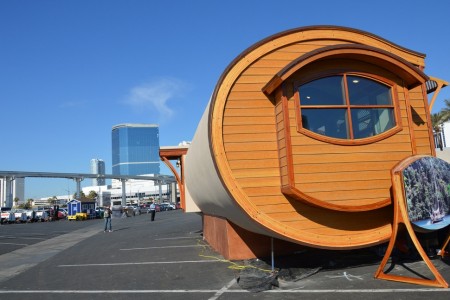 Tech-packed Pod House is Self-Sufficient Wonder
Tech-packed Pod House is Self-Sufficient Wonder
Shelter Dynamics is a small company that is aiming to create equally small dwellings, ones that take advantage of smart home technology to fit a house-worth of facilities into a 432-square-foot space thats almost completely self-sufficient.
The Pod House, demonstrated at the 2016 Kitchen and Bath Industry Show, has solar panels and a BMZ lithium battery that can power the house for a day and a half per charge, with a separate AET solar water heating system for the shower and plumbing. Thanks to R-40 insulation and triple-pane windows, the house stays snug with little need for heating, even in winter.
The compact interior uses smart technology to take full advantage of the space, using AT&Ts Digital Life platform to operate the lights and locks, among other features. The company has plans for larger homes between 600 and 1,200 square feet, with an ambitious project including the construction of a mini-neighbourhood of Pod Houses in Colorado.






